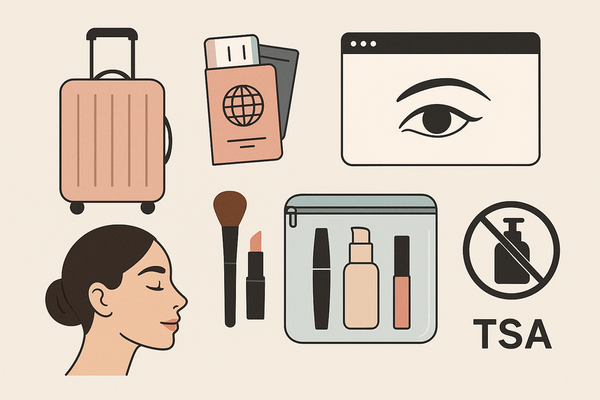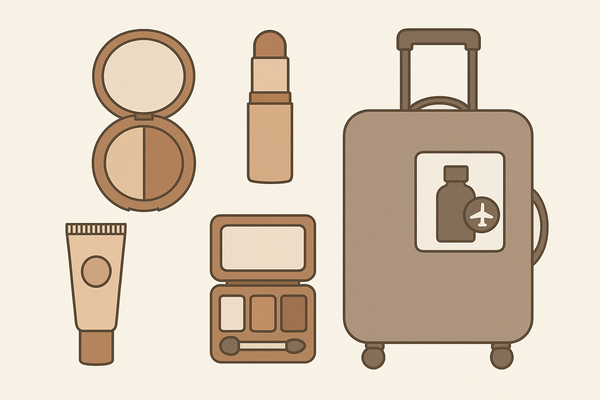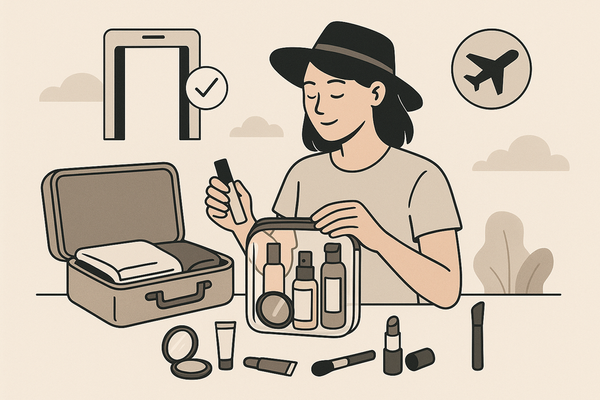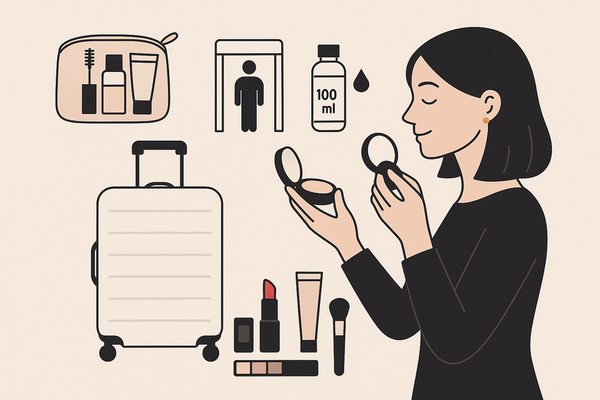Makeup Check AI for All Abilities: Inclusive Beauty Technology
Discover how Makeup Check AI for All Abilities transforms beauty with AI-driven tools, promoting inclusive and personalized makeup experiences for everyone.

Estimated reading time: 8 minutes
Key Takeaways
- Democratized Makeup: AI-driven tools make application and selection accessible to users of all abilities.
- Core Features: Real-time analysis, shade matching, personalized recommendations, and AR virtual try-on.
- Multi-Modal Guidance: Voice commands, haptic feedback, and screen-reader compatibility ensure inclusivity.
- Personalized Solutions: Tailored tutorials and adaptive tools boost confidence and creativity.
- Future Focus: Ongoing AI learning and community-driven data expand accessibility and shade ranges.
Table of Contents
- Introduction
- Understanding the Technology: AI in Makeup
- Embracing Inclusive Beauty
- The Role of AI in Accessibility: Virtual Makeup Tutorials
- Benefits for Diverse Users: Personalized Makeup Solutions
- Future Trends and Innovations
- Practical Tips and How-Tos: Accessible Beauty Tips
- Conclusion
Introduction
Makeup Check AI for All Abilities is a breakthrough in inclusive beauty technology. By leveraging advanced artificial intelligence, it democratizes makeup application and product selection for users of every skill level and ability. Traditional beauty routines often exclude those with physical, sensory, or cognitive challenges—this platform changes that.
Tools like Makeup Check AI leverage voice commands and AI analysis to guide every step, ensuring a seamless experience.
Section 1: Understanding the Technology: AI in Makeup
- Real-time face and skin analysis – Computer vision locates facial landmarks, measures tone and texture for precise mapping.
- AI-driven shade matching – Machine learning compares your skin data to thousands of products.
- Personalized product recommendations – Cross-references allergies, purchase history, and style preferences.
- Augmented Reality (AR) virtual try-on – Ultra-realistic overlays let you preview looks from multiple angles.
Functionality and Integration:
- User uploads or scans a selfie.
- AI detects facial features, undertones, and blemishes.
- System analyzes past purchases, allergy info, and style.
- AR engine applies virtual makeup in real time, adapting to expressions.
- Voice-activated assistants guide application; smart dispensers release exact product amounts for users with dexterity or vision impairments.
Section 2: Embracing Inclusive Beauty
Inclusive beauty means designing products and services for the full spectrum of human diversity:
- Skin tones from very fair to deep ebony.
- Varied facial structures and features.
- Physical, sensory, and cognitive abilities.
Significance of Inclusive Beauty Technology:
- Fosters confidence – When makeup works, people feel empowered.
- Promotes authentic self-expression – Everyone can explore looks that fit their identity.
- Ensures equal participation – No one is left out of beauty rituals.
Challenges Faced by People with Disabilities:
- Standard instructions assume fine motor skills and clear vision.
- Packaging often lacks tactile or audio cues for easy opening.
- Limited shade ranges ignore many undertones.
Makeup Check AI addresses these gaps head-on, paving the way for truly universal beauty experiences. Learn more about inclusive beauty technology.
Section 3: The Role of AI in Accessibility: Virtual Makeup Tutorials
- AR step-by-step guides adapt to each user’s ability.
- Optional audio prompts explain each motion.
- Haptic feedback via smartphone vibration for users with vision challenges.
- Screen-reader compatibility for text directions.
Personalized Recommendations:
- Facial-feature analysis suggests products suited to bone structure and skin concerns.
- History of past selections and allergies informs safe, tailored picks.
- Voice-controlled menus let users filter by texture or applicator type.
Case Studies and Examples:
- Makeup Check AI reports a 40% reduction in product returns thanks to accurate shade matching and tailor-made tutorials.
- L’Oréal’s AI virtual try-on increased online engagement by 60%, enabling users with mobility issues to preview products at home.
Section 4: Benefits for Diverse Users: Personalized Makeup Solutions
- AI crafts routines based on grip strength, cognitive load, and vision levels.
- Suggestions include adaptive tools (e.g., foam applicators for easy grip) and product formats.
- Single-stroke eyeliner guidance for those with hand tremors.
- Lighting and camera-angle tips for users with low vision.
- Simplified instructions for quick reference.
Section 5: Future Trends and Innovations
Emerging Trends:
- Voice-activated makeup assistants dispense exact product quantities on command.
- Smart devices with built-in AI for continuous, real-time feedback.
- Community-driven AI training – User-submitted images expand shade and style databases.
Ongoing Improvements:
- Continuous learning from diverse user data refines color accuracy and tutorial clarity.
- Partnerships between tech firms and beauty brands accelerate accessible formats and textures.
Call to Action: Test new AI beauty tools and share feedback to help shape more inclusive solutions.
Section 6: Practical Tips and How-Tos: Accessible Beauty Tips
- Take a clear, well-lit selfie to ensure accurate AI analysis.
- Try free AI face-analyzer tools before buying (e.g., accessible makeup app features).
- Activate voice controls and AR tutorials in app settings.
- Choose your feedback mode: visual overlays, audio cues, or vibration alerts.
- Join online forums and social-media groups dedicated to inclusive beauty tech.
Conclusion
Makeup Check AI for All Abilities is transforming the beauty industry by promoting personalized, accessible experiences for everyone. Real-time analysis, voice-activated assistants, and AR try-ons eliminate barriers and foster a more inclusive, expressive beauty culture. As AI systems learn from diverse users, we can look forward to even more accurate recommendations, broader shade ranges, and next-level assistive features.
FAQ
-
What is Makeup Check AI for All Abilities?
It’s an AI-driven platform that uses computer vision, machine learning, and AR to guide makeup application for users of all abilities. -
How does it improve accessibility?
By offering voice commands, haptic feedback, screen-reader compatibility, and adaptive product dispensers. -
Which devices support these features?
Smartphones, smart mirrors, and AI-enabled cameras that integrate voice assistants and AR overlays. -
Can I customize tutorials based on my ability?
Yes—users select preferred feedback modes (visual, audio, vibration) and specify physical or sensory needs for tailored guidance.




